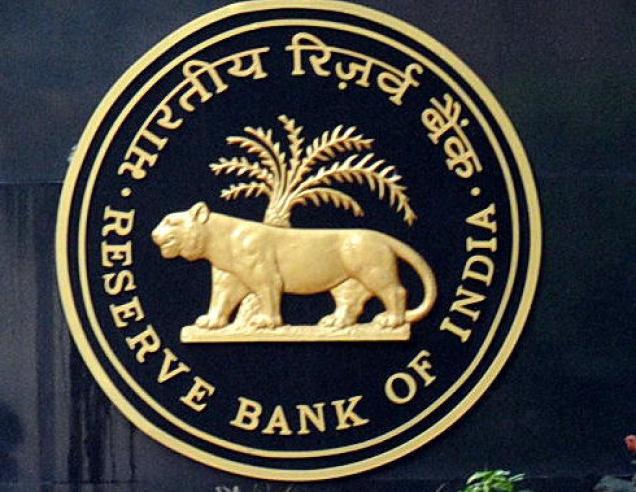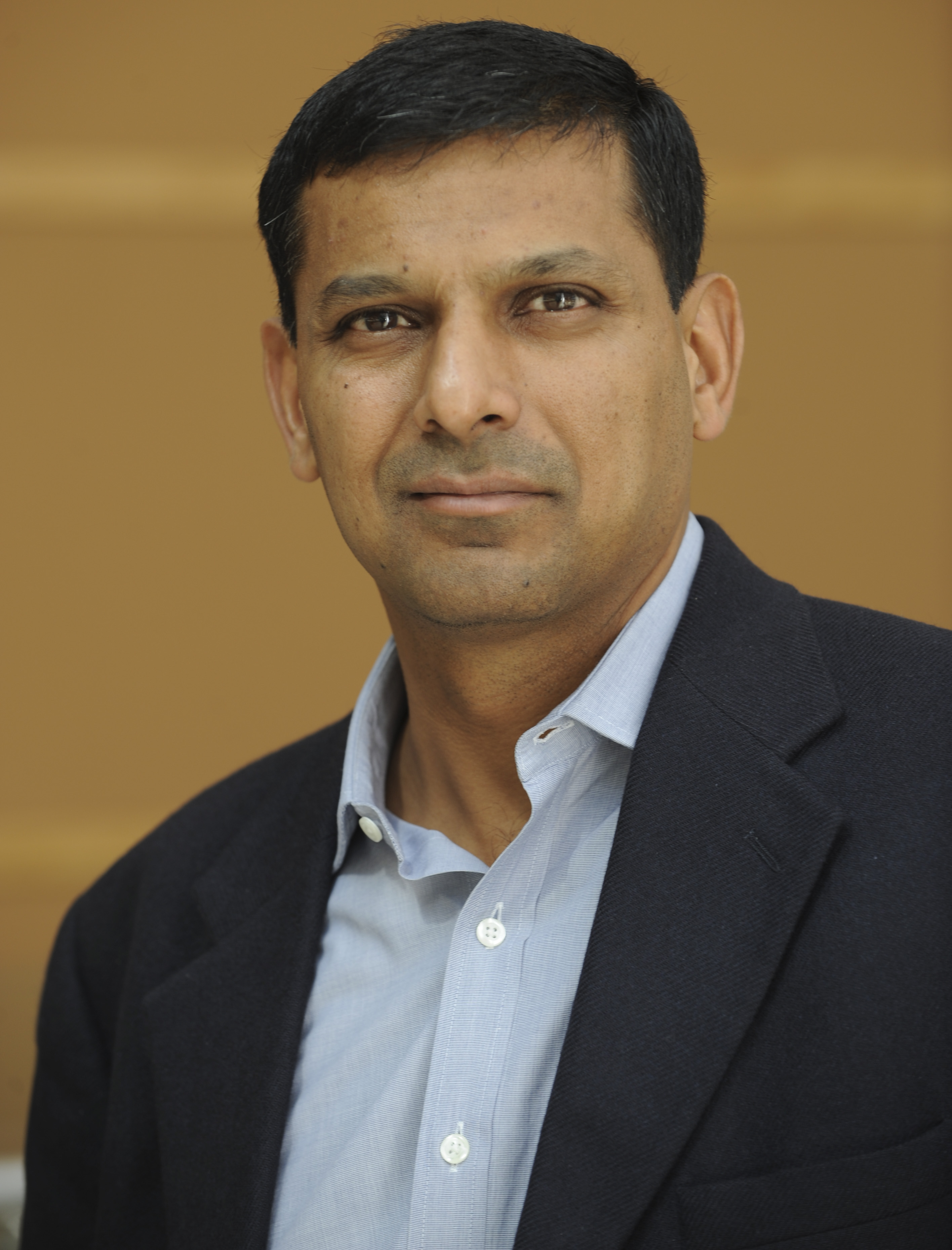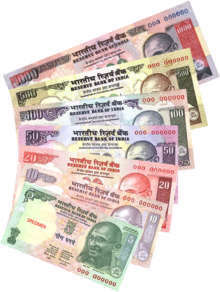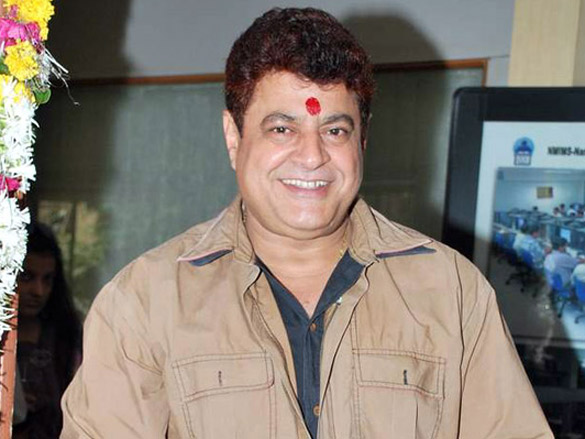The government of India owns twenty-seven public sector banks(PSBs). It has often been suggested that the government should not be owning so many banks. Many of these banks are very small and hence, they should be merged so that they benefit from the economies of scale.
The situation was summarised by R Gandhi, deputy governor of the Reserve Bank of India, in a recent speech. As he said: “[The] banking system continues to be dominated by Public Sector Banks (PSBs) which still have more than 70 per cent market share of the banking system assets. At present there are 27 PSBs with varying sizes. State Bank of India, the largest bank, has balance sheet size which is roughly 17 times the size of smallest public sector bank.”
Gandhi further said: “Most PSBs follow roughly similar business models and many of them are also competing with each other in most market segments they are active in. Further, PSBs have broadly similar organisational structure and human resource policies. It has been argued that India has too many PSBs with similar characteristics and a consolidation among PSBs can result in reaping rich benefits of economies of scale and scope.”
The first thing that needs to be mentioned here is that most mergers fail. There is enough research going around to prove that. As the Harvard Business Review article titled The Big Idea: The New M&A Playbook points out: “Companies spend more than $2 trillion on acquisitions every year. Yet study after study puts the failure rate of mergers and acquisitions somewhere between 70% and 90%.”
Hence, it is safe to say that most mergers fail and it is best to start with this assumption when any merger is proposed. And there is no reason to believe that the story for Indian public sector banks will be any different.
There have been two kinds of bank mergers in India. The first kind is when a bank which is about to fail is merged with a strong bank. The Sector 45 of the Banking Regulation Act 1949 empowers the RBI to “make a scheme of amalgamation of a bank with another bank if it is in the depositors’ interest or in the interest of overall banking system.”
The merger of Global Trust Bank with Oriental Bank of Commerce in 2004 is a good example of this. As Gandhi said in his speech: “Prior to 1999, most of the mergers were driven by resolution of weak banks under Section 45 of Banking Regulation Act 1949. However, after 1999, there has been increasing trend of voluntary mergers under Section 44A of Banking Regulation Act 1949.”
The second kind of merger is the voluntary merger. As far as voluntary mergers go, a good example is the recent merger of ING Vysya Bank with Kotak Mahindra Bank. This merger had the so called synergy necessary for a merger to take place.
As Gandhi said: “One and most obvious has been voluntary merger of banks driven by the need for synergy, growth and operational efficiency in operations. Recent merger of ING Vysya Bank with Kotak Mahindra Bank is an example of this kind of consolidation. ING Vysya Bank had a stronger presence in South India while Kotak had an extended franchise in the West and North India. The merger created a large financial institution with a pan-India presence.”
The merger of Bank of Madura and Sangli Bank with ICICI Bank in 2001 and 2007, and the merger of Centurion Bank of Punjab by HDFC Bank in 2008, are other good examples of synergy based mergers.
But what does the word synergy really mean? One of former professors used to say that: “Since we are all born on this mother earth, there is some sort of synergy between us.” That was his way of saying that synergy is basically bullshit. Once a merger has been decided on then people go looking for reasons to justify it and that is synergy. While that may be a very cynical way of looking at things, there is some truth in it as well.
Nevertheless, author John Lanchester does define synergy in his book How to Speak Money. As he writes: “Synergy: Mainly BULLSHIT, but when it does mean anything it means merging two companies together and taking the opportunity to sack people.” He then goes on to explain the concept through an example.
As he writes “If two companies that make similar products merge, they will have a similar warehouse and delivery operations, so one of the two sets of employees will lose their jobs. The idea is that this will cut COSTS and increase profits, though that tends not to happen, and it is a proven fact that most mergers end by costing money…When two companies merge, the first thing that ANALYSTS look at when evaluating the deal is how many jobs have been lost: the higher the number, the better. That’s synergy.”
If two public sector banks are merged there are bound to be situations where both the banks have a presence in a given area. Synergy will demand that one of the branches be shut down. But given that the banks are government owned something like that is unlikely to happen.
Over and above this, there will be multiple people with the same skill at the corporate level. Will this duplicity of roles end, with people being fired? Highly unlikely.
Hence, the merger of two public sector banks, will give us a bigger inefficient bank. Further, there are very few examples of public sector banks being merged in the past. So, there is nothing really to learn from.
As Gandhi said: “Recent merger of State Bank of Saurashtra and State Bank of Indore into State Bank of India may be seen as basically merger among group companies. The only example of merger of two PSBs is merger of New Bank of India with Punjab National Bank in 1993. However, this was not a voluntary merger.”
Also, it is worth remembering that public sector banks are facing huge bad loan problems. Many corporates who had taken on loans are not repaying them. In this scenario, if banks are merged without the bad loan problem being solved, we will have a situation where problems of two banks are basically passed on to one bank. That doesn’t make the situation any better.
As Gandhi summarises the situation: “PSBs as a group have not been performing well during the last few years. There has been a large increase in Non-Performing Assets (NPAs). As a part of managing large NPAs, some suggestions have been made that perhaps a consolidation of PSBs can render them more capable of managing such challenges relatively better…Merger of a weak bank with a strong bank may make combined entity weak if the merger process is not handled properly. The problems of capital shortages and higher NPAs may get transmitted to stronger bank due to unduly haste or a mechanical merger process.”
The column originally appeared on the Vivek Kaul Diary on April 27, 2016




